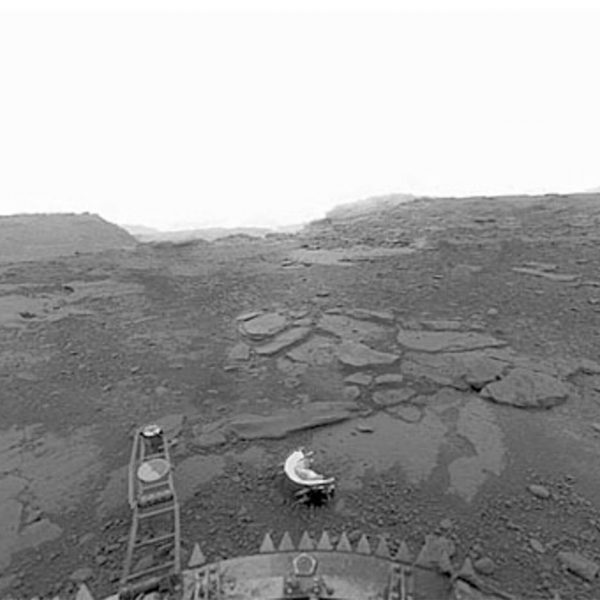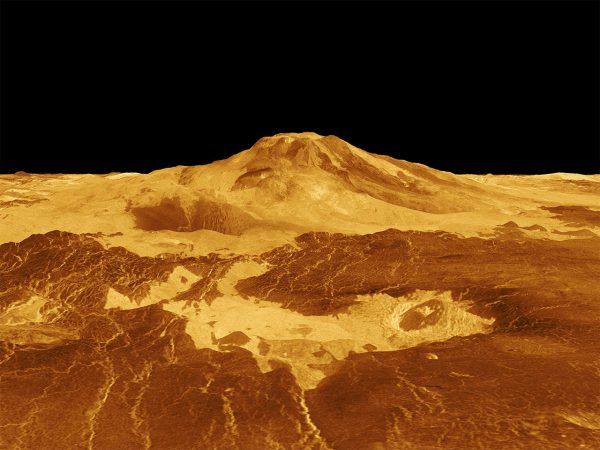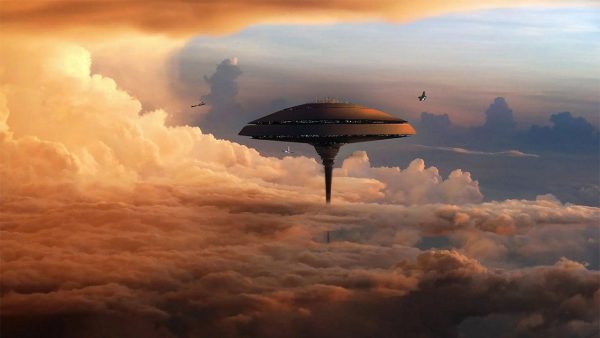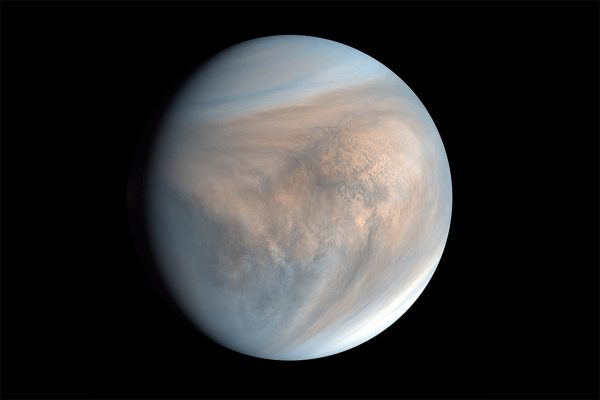The Planet of Fantasy and Mystery

She is our sister planet and some call her our “Evil twin” or our “Twisted Sister” But there is more to Venus than meets the eye. From colonisation opportunities to predicting our own demise, Venus is a mysterious world that holds many interesting secrets. Venus was once believed to be a tropical paradise. With cloud that covered a world of mystery fiction writers thought up fantastic tales of what could lie below. It wasn’t until we developed radio mapping that the fantasy idea was crushed like the probes that we’ve sent there. Venus, a wasteland of toxic chemicals and dry heat were not like Earth at all However it didn’t stop us from wanting to discover its secret.
The second planet from the sun Venus is very similar in size to our home planet with a diameter of 12104km where Earth is 12756km and a weight 4.87×10 24kg of where the earth is 5.97x 10 24kg. A year on Earth is 365.25 Days where on Venus it is 225 earth days. Both Planets have a central core, a molten mantle and crust. However, this is where the similarities end.

Although our year is similar in length our days are not. Venus’s sidereal day is actually longer than its year and takes 243 earth days to rotate around its own axis with sunrise and sunset being 117 Earth days apart. Venus rotates so slowly that if you walk at a brisk pace on the surface towards the direction of the setting sun, you’d match the rotation speed, and be walking whilst keeping the sunset in view for the whole time. You would also be walking east, as the planet rotates in the opposite direction as Earth. If you walked forever you’d have a forever sunset.
Sounds lovely, doesn’t it?
Because of the thick dense cloud covering Venus, the greenhouse effect it creates heats up the planet to a balmy 471 degrees Celsius and because there is no axial tilt, there are no seasonal variations, so it’s warm all year around. If you could see the Sun during sunset it would blind you in an instant, but not before your eyeballs boil away. Best to make sure you are hydrated before your stroll.

The weight of the atmosphere is 92 times that of the Earth similar to 1km under the ocean. There are no small craters holes on Venus as the pressure crushes any meteors that penetrate the dense cloud. To add another problem to list, apart from the insanely hot temperature and the bone-crushing pressure is the acidic atmosphere. By no means would I suggest we walk towards the sunset unprotected but even the most engineered space suit would eventually succumb to the sulfuric acid rain, the metal snow, or the 350km/hour winds and yes, you read right. Metal snow. At higher altitudes on Venus the Pyrites in the atmosphere cool and settle on the caps of mountains, and they are highly reflective.
However, all is not at a loss. Walking on the surface may be a bit too ambitious at the moment, considering the probes we have already sent to Venus have been melted and crushed within hours of landing, but there are other ways that we can visit. How about floating cities in the sky?
Sounds lovely, doesn’t it?

This work of fantasy could actually be a reality. At about 50km above the surface, the temperature and the Atmospheric pressure are very similar to earth. Like Lando Calrissian on the planet Bespin, we could command our own cloud city, inviting the Empire to intercept rebel scum.. ok maybe not that last bit, but we could, in the future have a sustainable population on Venus, and that’s the wonderful thing. The more facts we know about Venus and space does not disperse the mystery or the fantasy but changes our perception from ‘What if’s ‘ to “when we”.
Head on over to http://www.sciencemag.org/news/2017/11/armed-tough-computer-chips-scientists-are-ready-return-hell-venus for more information on how scientists are testing tough computer chips to withstand the heat and pressure of the Venus Atmosphere.





